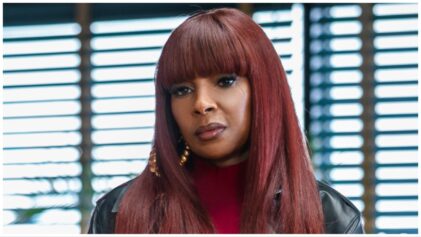For companies looking to make an emotional connection with consumers, music continues to be one of the most reliable devices in the marketer’s toolbelt. From Apple using rock legends U2 to make the iPod soar, to Converse building a recording studio in Brooklyn and opening it to the masses to help establish itself as the epitome of hip, companies have reached again and again for the power of music to create a mood, an image, a precious memory that ultimately makes a big impact in the place where it counts the most: the cash register.
Sometimes the companies may stumble along the way, sometimes they may veer off into unexpected directions, but they know that music can give them an instant cache, a broadly accepted cool factor, that few other marketing methods can provide.
Take the case of Starbucks, which endeavored to turn its coffee shops into a fully experiential adult playground that tickled and stroked every one of the customers’ senses while they were in the café, making them want to stick around all day. A big part of that was music—interesting, off-beat, quirky musical finds that thrilled customers with a feeling that they had made a new discovery, gotten turned on to a new group that their friends didn’t know about yet. Starbucks even started their own music label and signed a slew of huge names, like Paul McCartney and Carly Simon. Though the music label didn’t blow up as Starbucks hoped, the company still considers music a significant part of the Starbucks experience.
“We’re just as passionate about music as we are about coffee,” the company says on its website. “That’s why we handpick all the tunes you hear in our stores. We take pride in creating unique compilations you can’t find anywhere else. Because helping people discover their next favorite artist or recording is one of our favorite things to do.”
While Starbucks wasn’t shy about diving into the music business, Converse, the funky sneaker brand, is not interested in becoming a music company. Instead, Converse seems more interested in aligning itself with music and musicians—the better to retain the company’s enviable reputation for edgy cool. Let everybody else chase after the Nikes—only the coolest wear Chucks and One-Stars.
With websites promoting new talent—right alongside the sneakers—and the use of original music by up-and-coming acts to accompany the release of new Converse collections, the company has achieved a symbiotic relationship with the music: the sneakers help sell the music, which helps sell the sneakers. This is a company whose foresight is illustrated by a Facebook page with more than 32 million likes—featuring a massive montage of photos of Facebook fans wearing their Converse sneakers.
And then there’s the recording studio, called Converse Rubber Tracks. Opened up in Williamsburg, Brooklyn, in July 2011, the studio is Converse’s gift to the independent music world. About 5 or 6 acts a
DJ Fresh Ben at Rubber Tracks
week are given a chance to record at the studio—selected from hundreds who apply, according to a profile in the New York Times last year. Indeed, emerging artists like Theophilus London and Chiddy Bang have used Rubber Tracks to maximum effect.
“One of our goals as a brand is to give back and help inspire a new generation of musicians,” Geoff Cottrill, Converse’s chief marketing officer, said in an interview on mashable.com. “Converse Rubber Tracks is one important way for us to say thank you to the creative and music community, and to provide a place for new artists to have access to resources they may not be able to afford. We’re looking at it as an investment in making sure that new voices have the means to be heard.”
While Starbucks and Converse have chosen a more far-reaching involvement of the music community in enhancing the company’s brand, other companies are still going the traditional route, employing jingles and already popularized pop and R&B hits to make the emotional connection with consumers. When it works well, such as McDonald’s “I’m Loving It” or Subway’s “Five Dollar Footlong” or Apple’s use of the U2 song “Vertigo” to sell iPods, they become permanently imprinted on the public consciousness, an immediate connection between a brand and a tune that we can’t get out of our heads.
Sometimes the jingle idea can go horribly wrong, such as the flack that Burger King and R&B diva Mary J. Blige took when she sang her heart out for crispy fried chicken—an idea that many people in the black community found offensive. But more often it goes extremely right, such as Pepsi using a mashup of the iconic Bob Dylan’s “Forever Young,” updated with a rap verse by will.I.am., while images play on the screen showing the links between two generations. The effect is a moving, memorable montage that powerfully sends the message: “Every generation refreshes the world.”
—Nick Chiles


